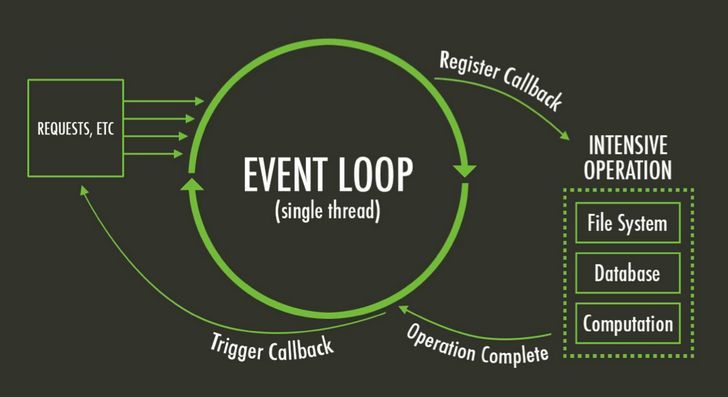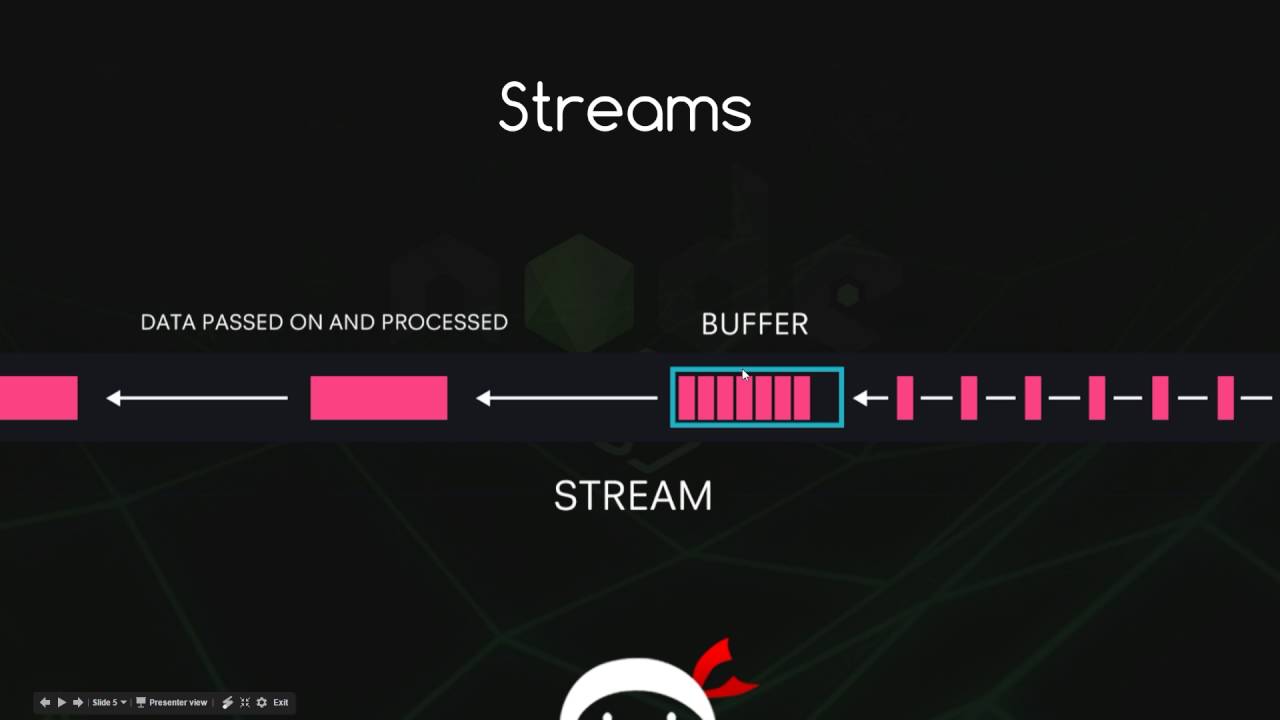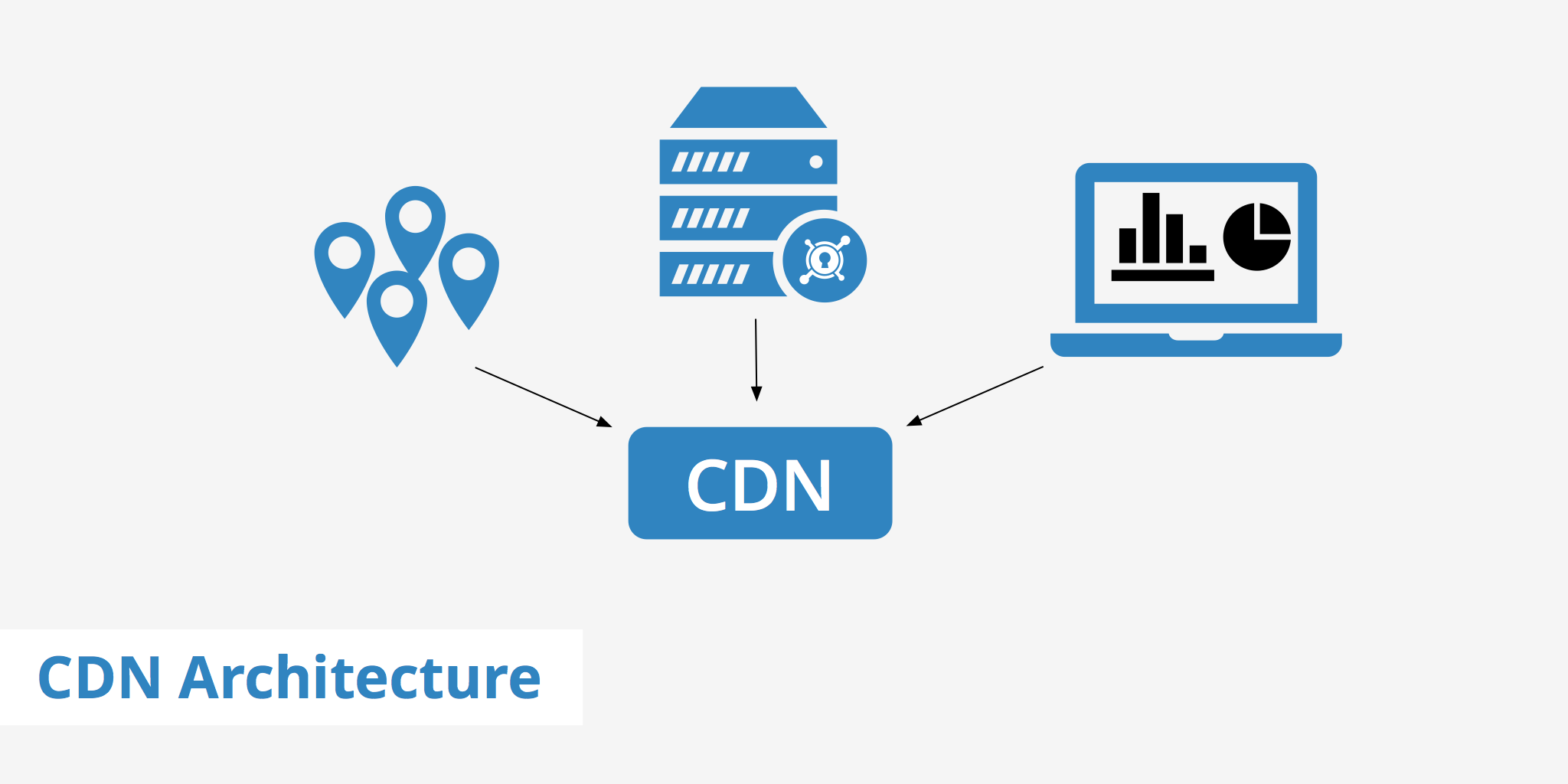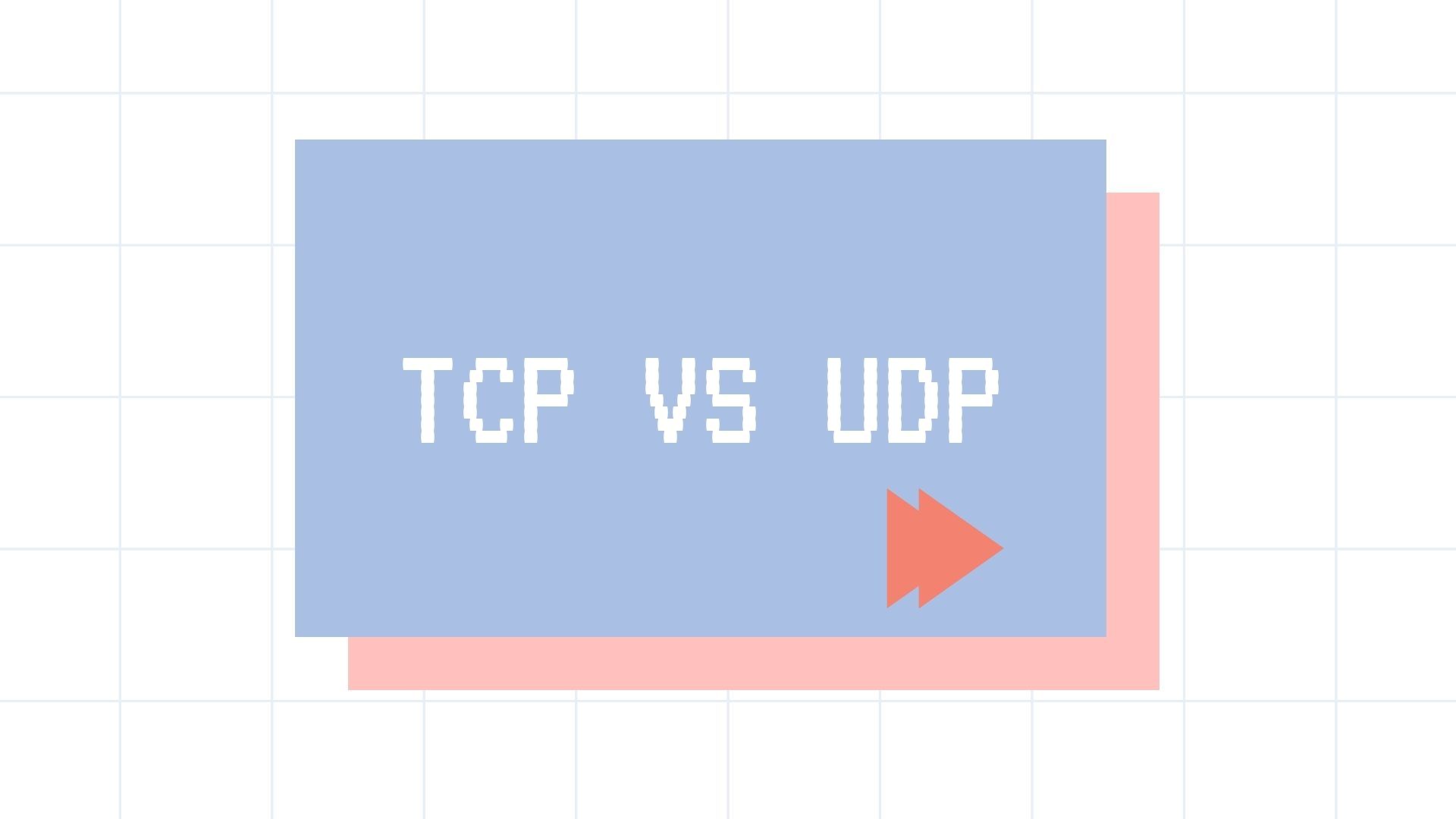Promise/A+规范以及简单实现
Promise A+ 规范
术语
Promise:promise 是一个拥有
then方法的对象或函数,其行为符合本规范;thenable:是一个定义了
then方法的对象或函数,文中译作“拥有then方法”;value:指任何 JavaScript 的合法值(包括
undefined, thenable 和 promise);exception:是使用
throw语句抛出的一个值。reason:表示一个 promise 的拒绝原因。
要求
Promise 的状态
一个 Promise 的当前状态必须为以下三种状态中的一种:Pending、Fulfilled和Rejected。
等待态(Pending)
处于等待态时,promise 需满足以下条件:
- 可以迁移至执行态或拒绝态
执行态(Fulfilled)
处于执行态时,promise 需满足以下条件:
- 不能迁移至其他任何状态
- 必须拥有一个不可变的终值
拒绝态(Rejected)
处于拒绝态时,promise 需满足以下条件:
- 不能迁移至其他任何状态
- 必须拥有一个不可变的据因
这里的不可变指的是恒等(即可用 === 判断相等),而不是意味着更深层次的不可变。
Then 方法
一个 promise 必须提供一个 then 方法以访问其当前值、终值和据因。
promise 的 then 方法接受两个参数:
1 | promise.then(onFulfilled, onRejected) |
参数可选
onFulfilled 和 onRejected 都是可选参数。
- 如果
onFulfilled不是函数,其必须被忽略 - 如果
onRejected不是函数,其必须被忽略
onFulfilled
如果 onFulfilled 是函数:
- 当
promise执行结束后其必须被调用,其第一个参数为promise的终值 - 在
promise执行结束前其不可被调用 - 其调用次数不可超过一次
onRejected
如果 onRejected 是函数:
- 当
promise被拒绝执行后其必须被调用,其第一个参数为promise的据因 - 在
promise被拒绝执行前其不可被调用 - 其调用次数不可超过一次
调用时机
onFulfilled 和 onRejected 只有在执行环境堆栈仅包含平台代码时才可被调用
调用要求
onFulfilled 和 onRejected 必须被作为函数调用(即没有 this 值)
多次调用
then 方法可以被同一个 promise 调用多次
- 当
promise成功执行时,所有onFulfilled需按照其注册顺序依次回调 - 当
promise被拒绝执行时,所有的onRejected需按照其注册顺序依次回调
返回
then 方法必须返回一个 promise 对象:
1 | promise2 = promise1.then(onFulfilled, onRejected); |
- 如果
onFulfilled或者onRejected返回一个值x,则运行Promise解决过程:[[Resolve]](promise2, x) - 如果
onFulfilled或者onRejected抛出一个异常e,则promise2必须拒绝执行,并返回拒因e - 如果
onFulfilled不是函数且promise1成功执行,promise2必须成功执行并返回相同的值 - 如果
onRejected不是函数且promise1拒绝执行,promise2必须拒绝执行并返回相同的据因
Promise 解决过程
Promise 解决过程 是一个抽象的操作,其需输入一个 promise 和一个值,我们表示为 [[Resolve]](promise, x),如果 x 有 then 方法且看上去像一个 Promise ,解决程序即尝试使 promise 接受 x 的状态;否则其用 x 的值来执行 promise 。
这种 thenable 的特性使得 Promise 的实现更具有通用性:只要其暴露出一个遵循 Promise/A+ 协议的 then 方法即可;这同时也使遵循 Promise/A+ 规范的实现可以与那些不太规范但可用的实现能良好共存。
运行 [[Resolve]](promise, x) 需遵循以下步骤:
x与promise相等如果
promise和x指向同一对象,以TypeError为据因拒绝执行promisex为 Promise- 如果
x处于等待态,promise需保持为等待态直至x被执行或拒绝 - 如果
x处于执行态,用相同的值执行promise - 如果
x处于拒绝态,用相同的据因拒绝promise
- 如果
x为对象或函数把
x.then赋值给then注5如果取
x.then的值时抛出错误e,则以e为据因拒绝promise如果
then是函数,将x作为函数的作用域this调用。传递两个回调函数作为参数,第一个参数叫做resolvePromise,第二个参数叫做rejectPromise:- 如果
resolvePromise以值y为参数被调用,则运行[[Resolve]](promise, y) - 如果
rejectPromise以据因r为参数被调用,则以据因r拒绝promise - 如果
resolvePromise和rejectPromise均被调用,或者被同一参数调用了多次,则优先采用首次调用并忽略剩下的调用 - 如果调用
then方法抛出了异常e:- 如果
resolvePromise或rejectPromise已经被调用,则忽略之 - 否则以
e为据因拒绝promise
- 如果
- 如果
如果
then不是函数,以x为参数执行promise如果
x不为对象或者函数,以x为参数执行promise
如果一个 promise 被一个循环的 thenable 链中的对象解决,而 [[Resolve]](promise, thenable) 的递归性质又使得其被再次调用,根据上述的算法将会陷入无限递归之中。算法虽不强制要求,但也鼓励施者检测这样的递归是否存在,若检测到存在则以一个可识别的 TypeError 为据因来拒绝 promise。
Promise 实现
1 | const PENDING = 'pending'; |
测试
安装
promises-aplus-tests库添加代码:
1
2
3
4
5
6
7
8
9
10Promise.defer = Promise.deferred = function () {
let dfd = {};
dfd.promise = new Promise((resolve, reject) => {
dfd.resolve = resolve;
dfd.reject = reject;
});
return dfd;
}
module.exports = Promise;终端运行
npx promises-aplus-tests .\promise.js
参考列表










